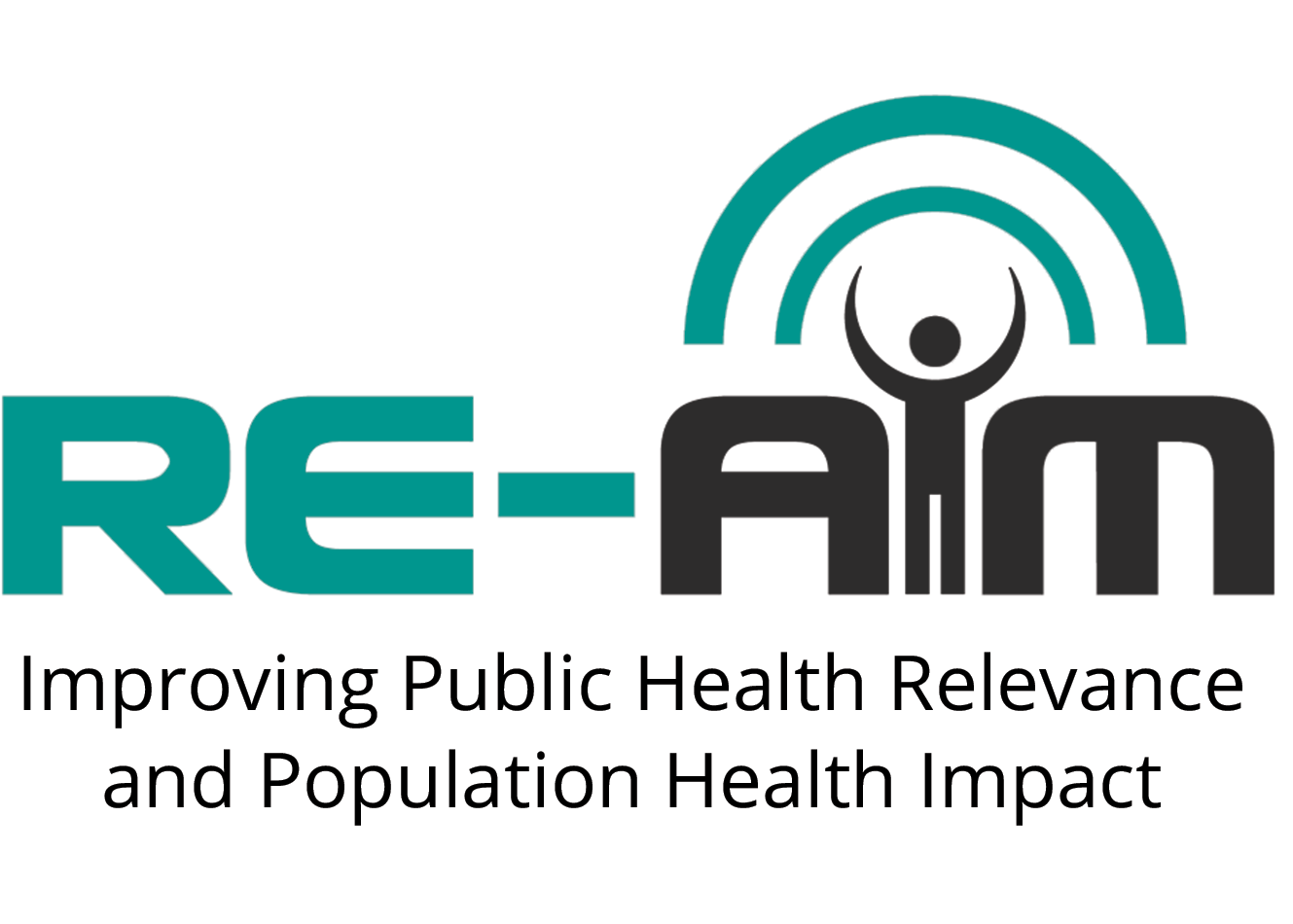Assessing Adoption
Adoption of an intervention may occur at two levels: the setting level and the staff/provider level. Thus, adoption should be measured at all relevant levels, and methods may vary depending on the phase of implementation (planning, implementing, evaluating) and the data sources available. Key considerations in assessing adoption include attention to not only the proportion of settings or staff/providers who adopt an intervention, but also on their representativeness and understanding the reasons the intervention was or was not adopted.
EXAMPLE METHODS OF ASSESSING ADOPTION (From the RE-AIM Model Dimension Items Checklist)
Adoption – Setting Level | |
Setting Exclusions (% or reasons) | |
Percent of settings approached that participate (valid denominator) | |
Characteristics of settings participating (both comparison and intervention) compared to either: non participants or some relevant resource data | |
Adoption – Staff Level | |
Staff Exclusions (% or reasons) | |
Percent of staff invited that participate | |
Characteristics of staff participants vs. non participating staff or typical staff | |
Use of qualitative methods to understand staff participation |
Note that adoption may or may not be assessed in every project or application of RE-AIM, depending on phase of the project (i.e., planning, implementation, evaluation) and the questions of interest. However, even in projects that do not directly measure adoption, stakeholder perceptions and expectations of setting- and staff-level adoption can be assessed using multiple methods (e.g., surveys, interviews, focus groups), informing planning for subsequent projects.
